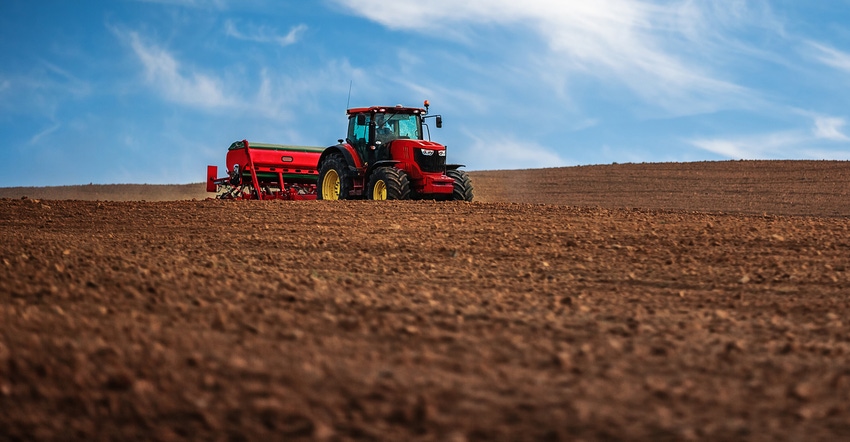
It had to happen. The DowDuPont merger had more than a dozen regional seed brands. First came the Corteva Agriscience umbrella for all brands, including the Pioneer national flagship.
In mid-May, Corteva Vice President Judd O'Connor announced another significant shift: Pioneer remains the company's global brand, often marketed via farmer-owned agencies. U.S. corn and soybean seed also will be marketed via five regional brands: Dairyland Seed Co., Hoegemeyer Hybrids, NuTech, Seed Consultants and Terral Seed.
Seed Consultants, the eastern Corn Belt division, had previously established a market presence in Mid-Atlantic states. It already is in research trials in Maryland, New York, Ohio, Pennsylvania and Virginia.
"Eastern farmers have different needs," acknowledges Daniel Call, general manager of Seed Consultants. "They have different environments, different weather. We've always focused our germplasm and our traits to fulfill those customer needs."
Popular Doebler products will be available, Call assures. The company will have access to a growing pipeline of products from Corteva Agriscience — a wider array of germplasm and traits to help deal with weed control issues, insects, weather and more, he added.
The majority of Doebler's employees and dealers, for instance, will be offered positions or dealerships in the new structure. Sheldon Bender, who previously led Doebler's, will lead transition efforts and join the Seed Consultants leadership team.
The AgVenture independent network of regional seed companies will continue. Corteva will continue selling alfalfa through Alforex.
Predict corn's late-N shortage
This spring's heavy rainfall substantially raised the risk of corn running out of nitrogen. That's why
Jarrod Miller, University of Delaware Extension agronomist, advises growers to take pre-sidedress nitrate testing (PSNT) samples to get a real-time fix on your N situation before sidedressing.
The PSNT is recommended for fields having a history of manure, biosolids or compost applications. It's also appropriate for fields with forage legume residues and significant cover crop biomass.
It's not recommended for corn fields where commercial fertilizer has been the only N source for three or more years. And, it's not recommended for manured fields that received commercial fertilizer (pre-plant or pre-emergence) exceeding 40 to 50 pounds of N per acre. Under both conditions, the PSNT may overestimate the soil N available to the crop, he explains.
The PSNT is less accurate during cool, wet growing seasons like this one. Cooler temperatures early this spring may have reduced early-season N mineralization, which lead to lower than normal PSNT results. Plus, heavy rainfalls may have moved soil nitrates below the 12-inch depth (the recommended depth for PSNT sampling). But that N won't be out of reach of corn roots later in the season.
While regional PSNT recommendations were based only on soil nitrate concentrations, Miller suggests also evaluating soil nitrate plus ammonium concentrations to eliminate the chance of a false positive. Reason: Ammonium concentrations may indicate delayed mineralization of manure (organic) N.
A late-N assurance app?
Purdue University research indicates corn can recover from significant N deficiency stress with applications of sidedressed N as late as V13 to V15 (tassel emergence). In a year when weather can delay field work into unconventional periods of the growing season, options still remain to recover significant yield with late sidedress N applications, according to Bob Nielsen, Purdue Extension corn agronomist.
The flip side: Corn stands that have been compromised by root damage due to excessive soil moisture may not respond as strongly. That's why no more than 60 pounds of N per acre should be applied to severely N-deficient corn that late.
High-clearance applicators equipped with drop nozzles could be used with minimal risk of N loss. But weight drop nozzles to minimize swaying, bouncing and splashing liquid N splashed on plant tissue. Dribbling liquid N onto the soil surface would also work. Both would still depend on subsequent rainfall or irrigation to move that N into the soil for plant uptake.
About the Author(s)
You May Also Like




